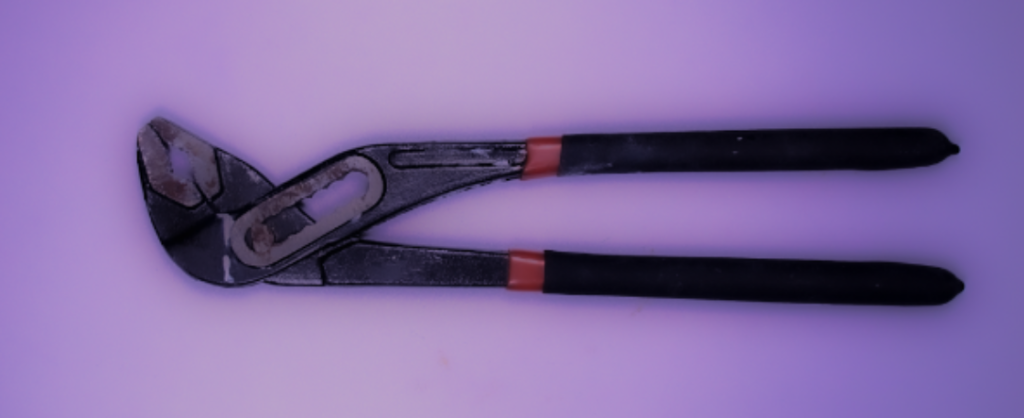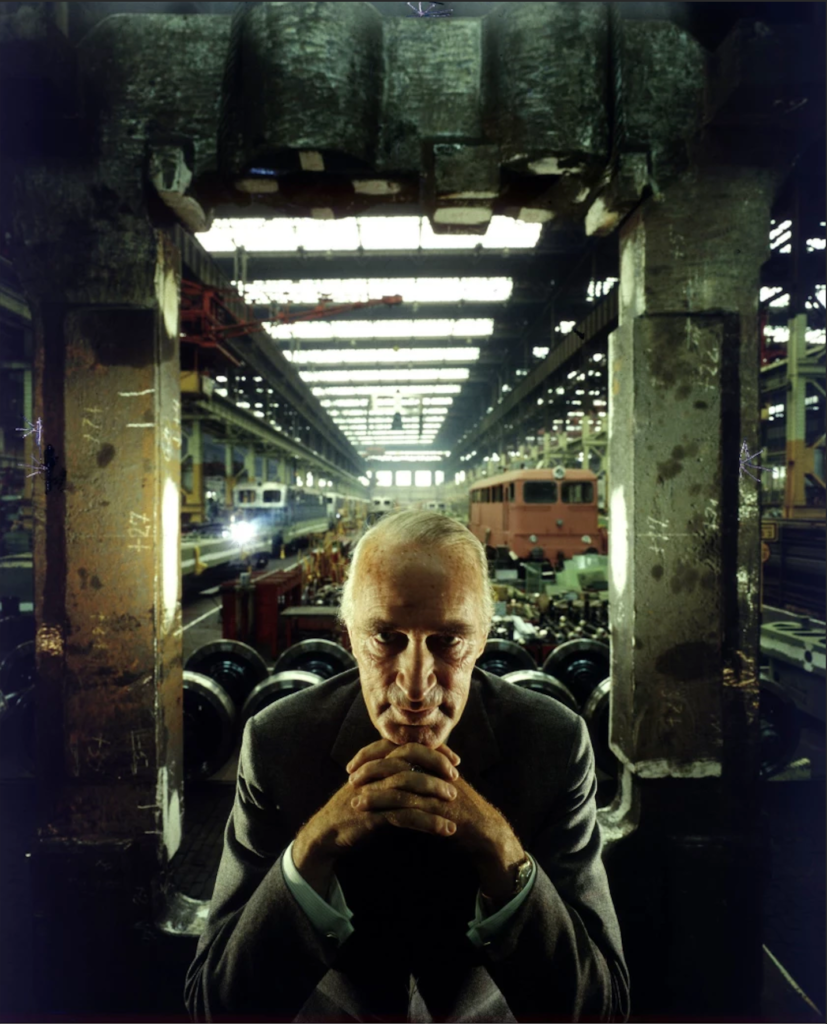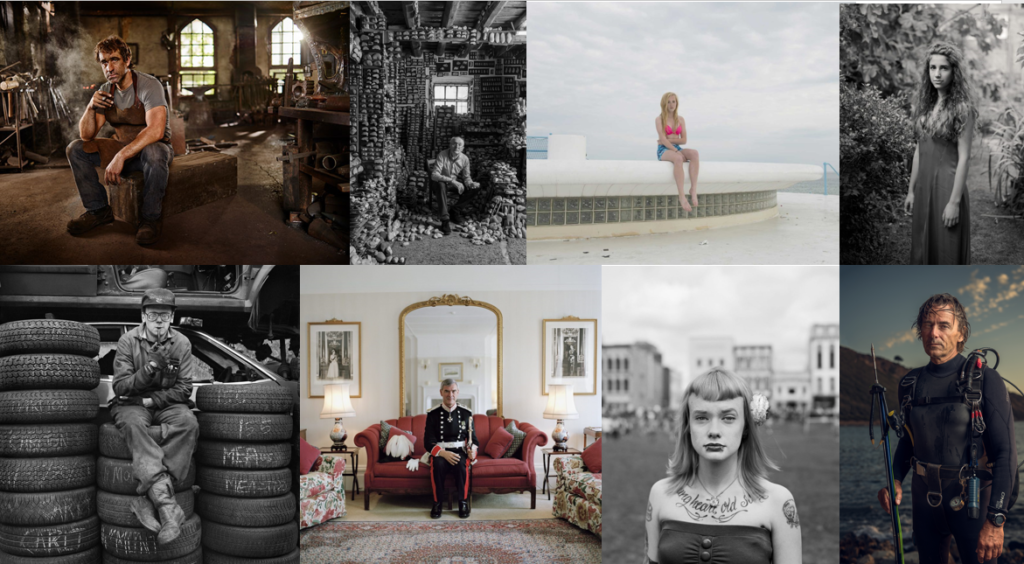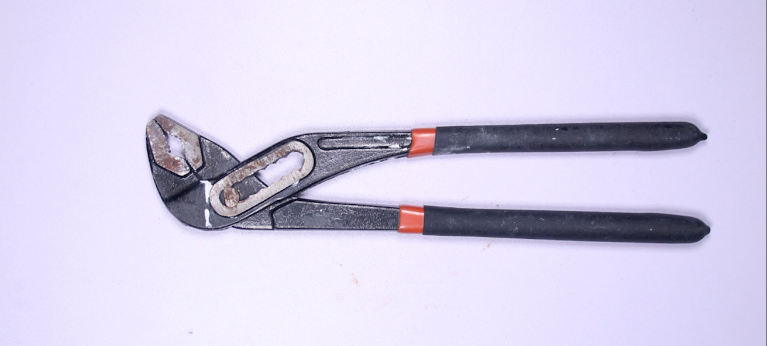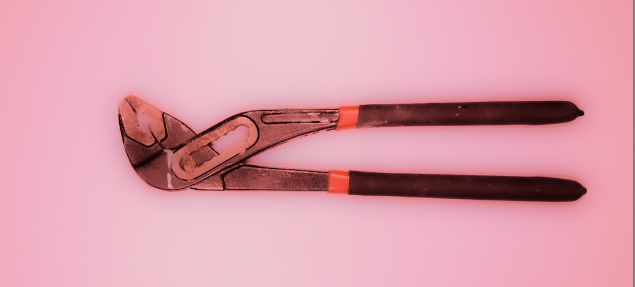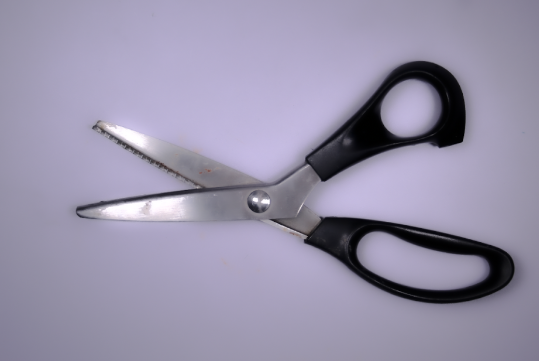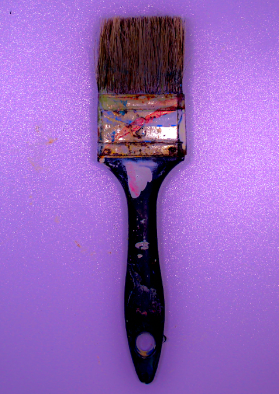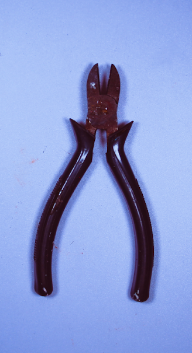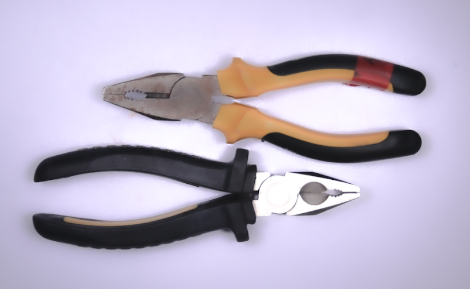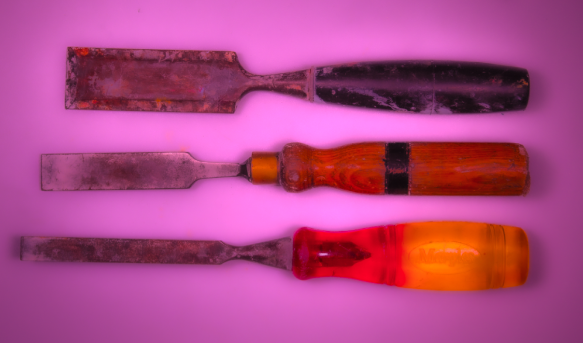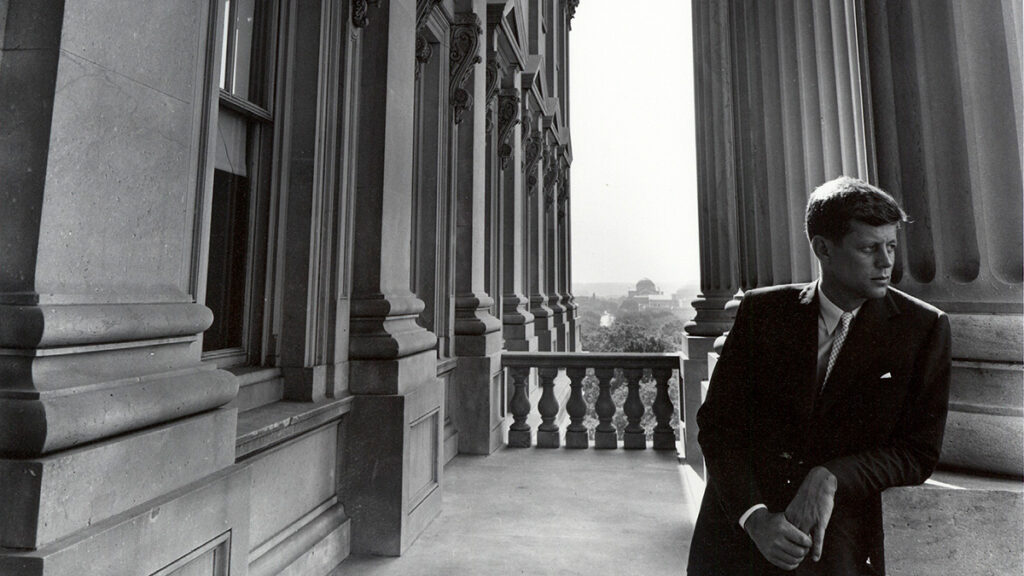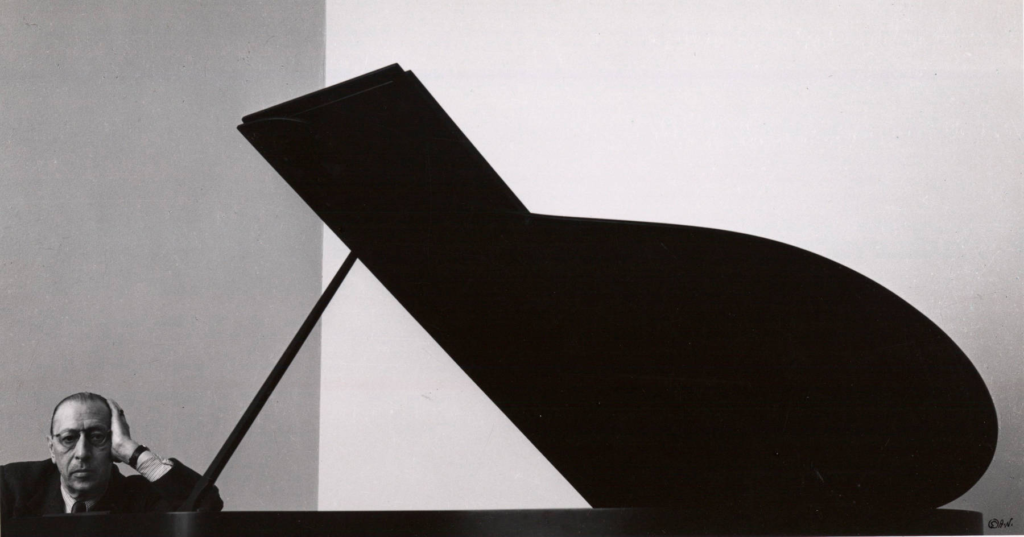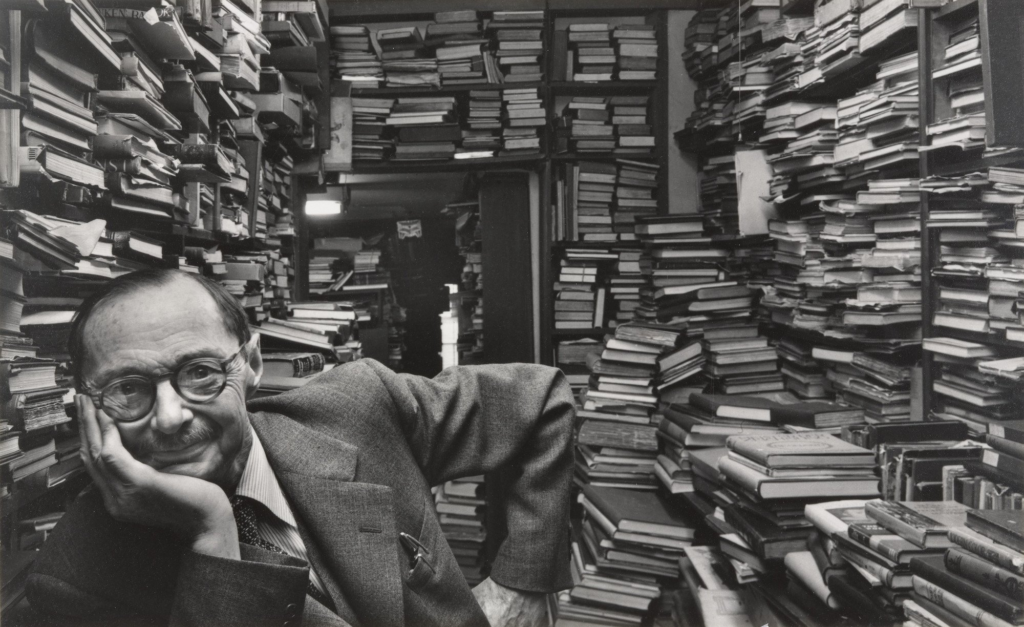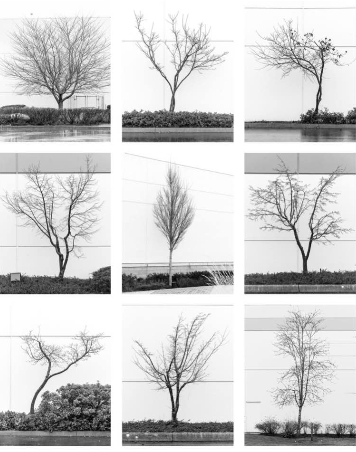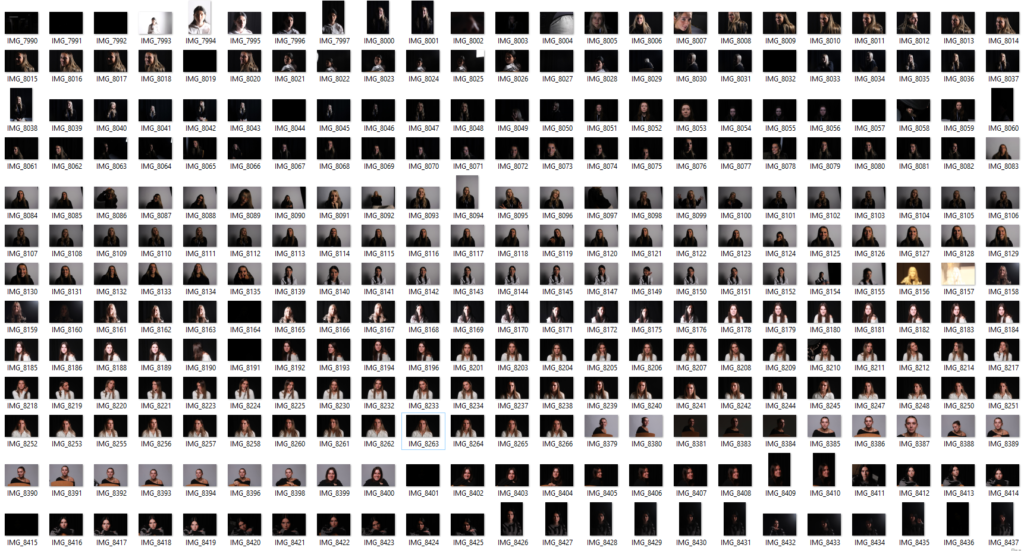Arnold Newman was an American, Jewish photographer who its best known for his environmental portraits. He is also famous for taking portraits of well-known cultural figures, for example, Pablo Picasso, Marilyn Monroe and more. Newman has many different photographs of his that are famous.
Image Analysis 1

This photograph is by Arnold Newman of Alfried Krupp who was an industrialist who ran war factories for the Nazis. Krupp insisted on using slave labour where the prisoners were working to death and even the Nazi’s proposed to use free German workers instead. Krupp always held hatred towards Jewish people. However, he was always intrigued by Newmans art.
Newman did’t want to take this photograph originally but after consideration he chose to do it. When positioning Krupp he asked him to lean forward, and Krupp gripped his hands together and rested his chin onto. Newman said ‘he felt the hair stand up on the back of his neck’ and this is when he took the shot. Krupp did not like the photograph at all and was said to be furious, Newman saw this as revenge.
This photograph brings out emotions of being uneasy and intimidated. This is because the subject is an old man who has a sinister look paired with the darkness of the photograph. His earie look is more intense because he is glaring down the camera making it feel like he is looking right at us. The photograph doesn’t much light, the main source being sunlight through the roof windows which reflects off of all of the metallic materials in the backgrounds. Everything behind the man is old, rusty and worn down adding to the uncanny feel.
Image Analysis 2
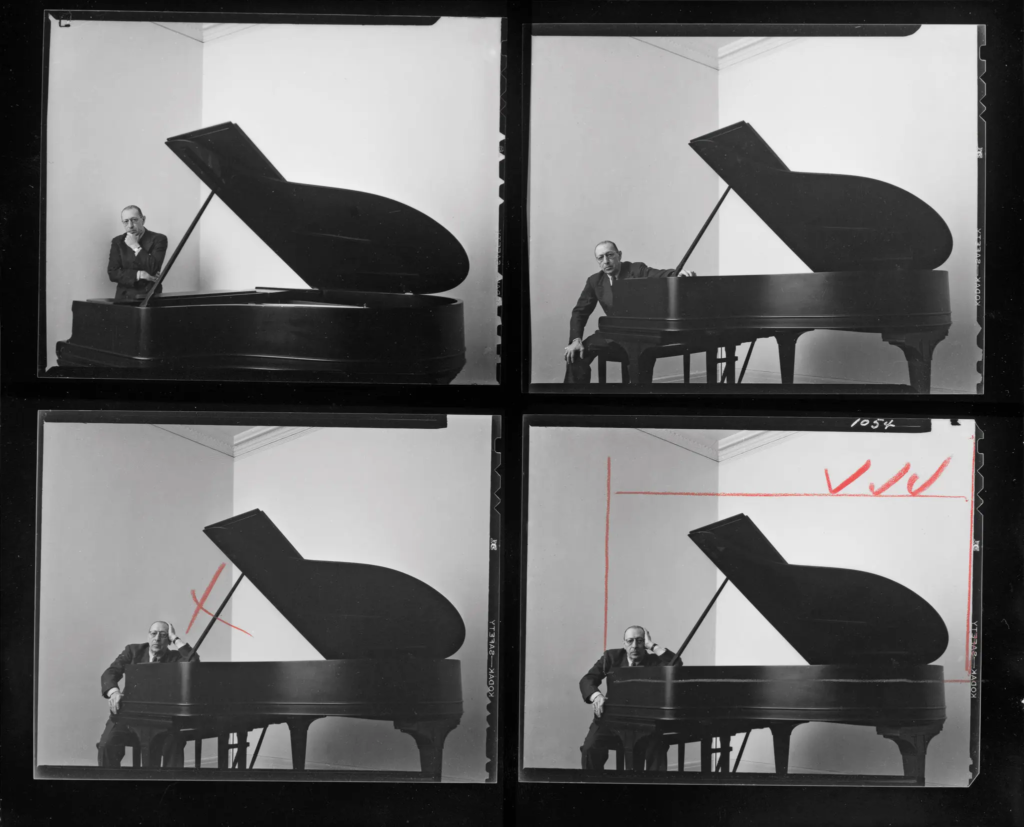

This is Newman’s famous photograph of Igor Stravinsky who was a Russian pianist, composer and musician. In this photo, he is dominated by a grand piano silhouetted against a white wall, with the composer confined to the corner. This suggests that music was a big part and had a big impact on his life. In this photo, the piano also looks like a music symbol which also represents his love for music.

